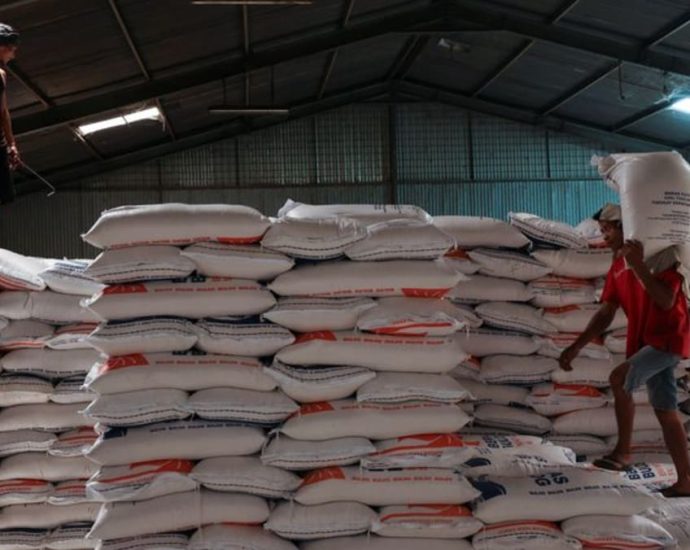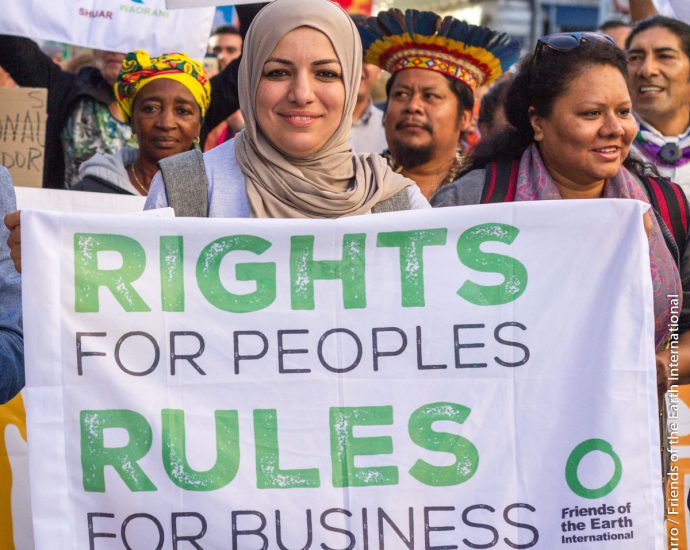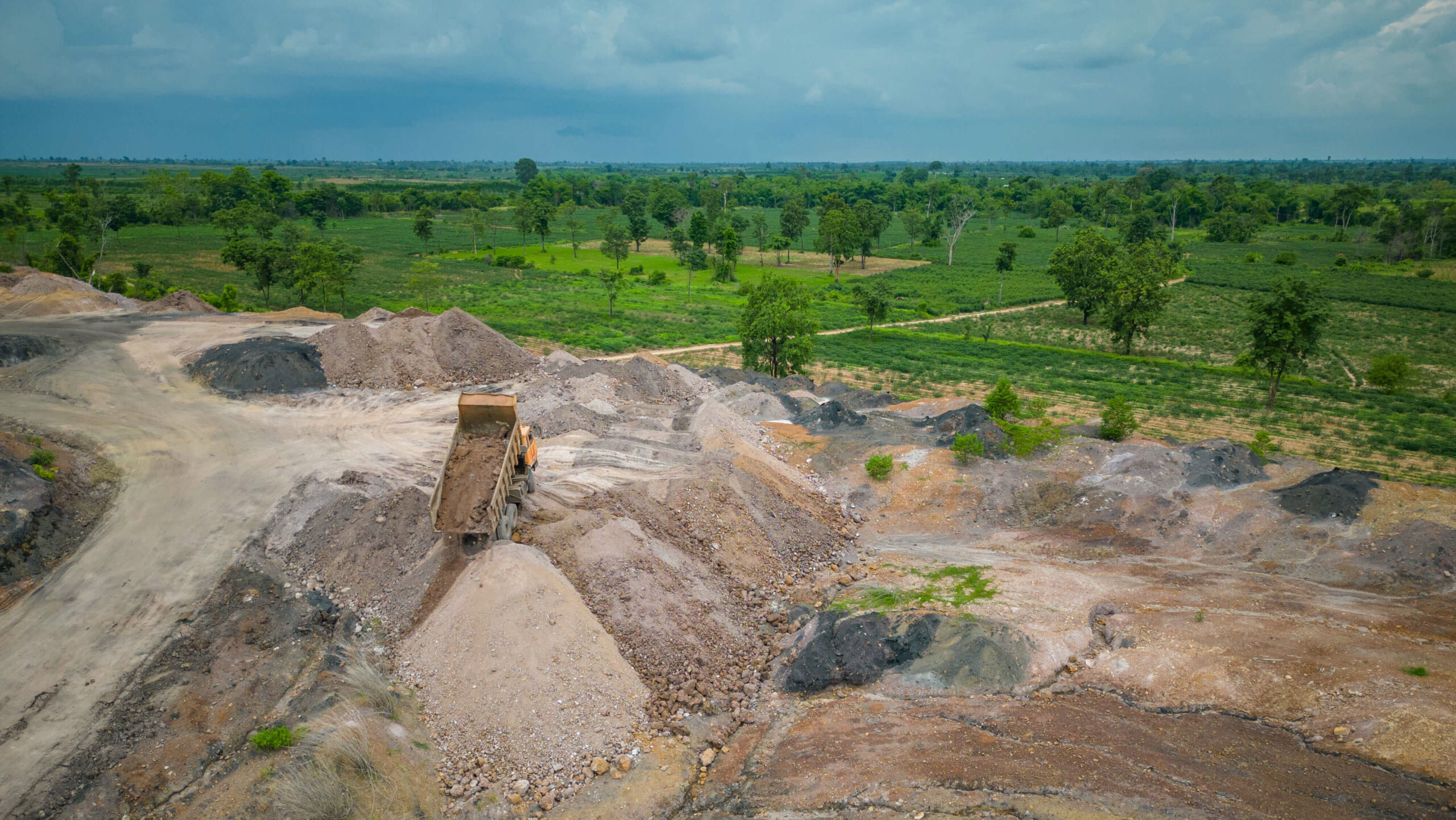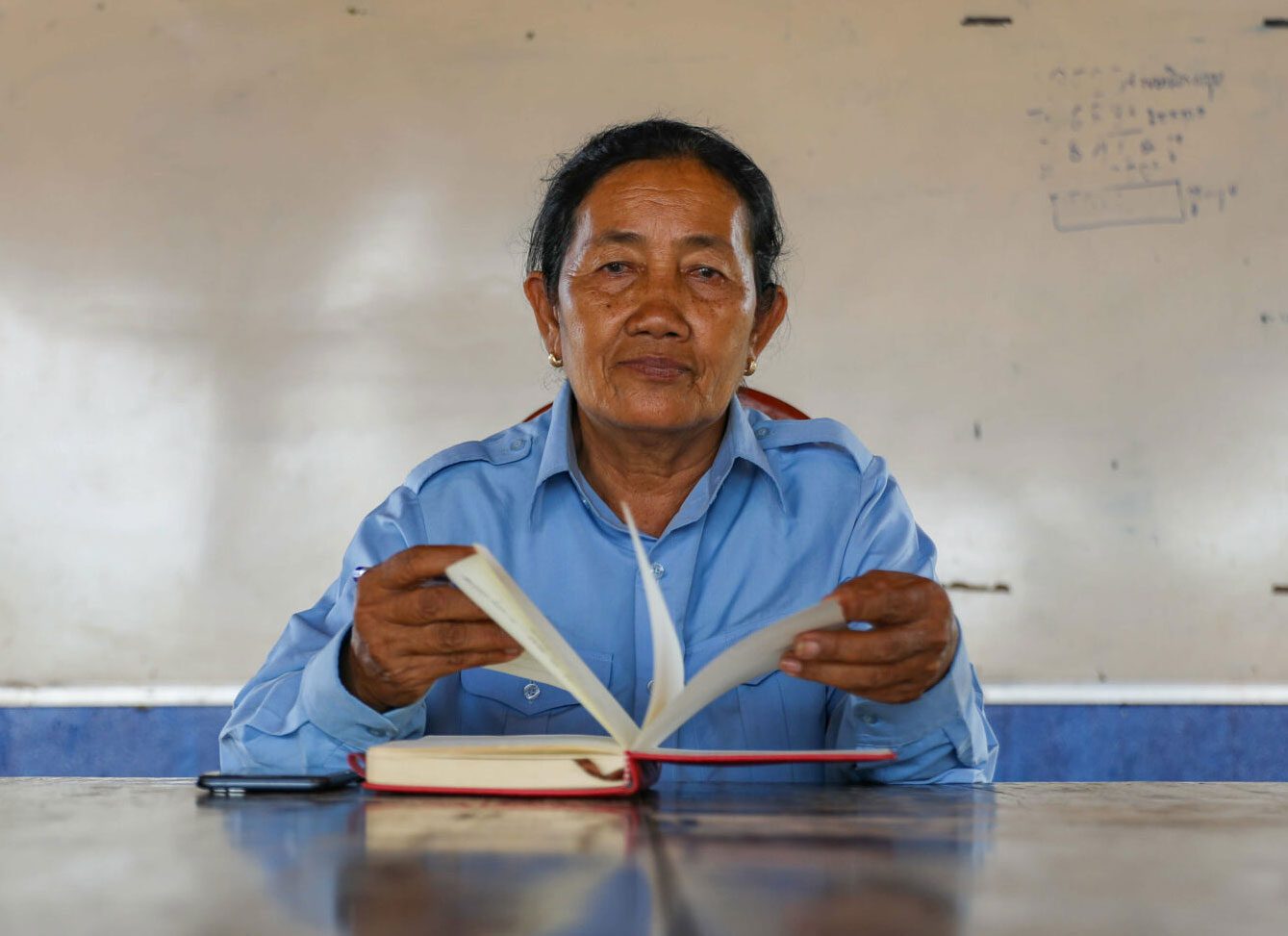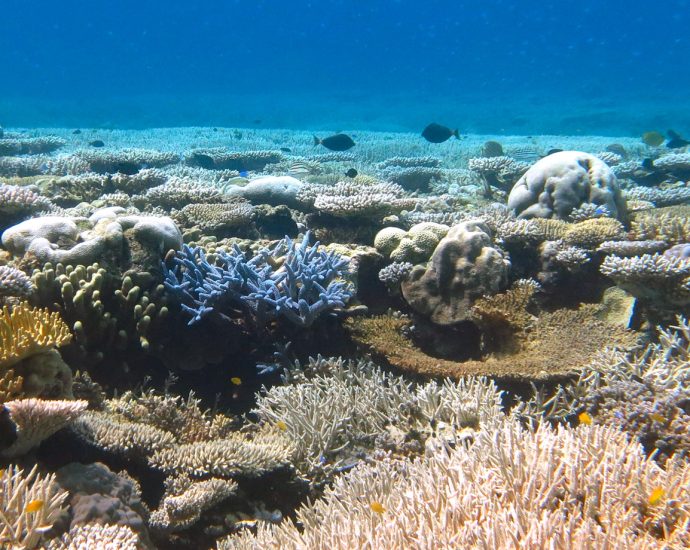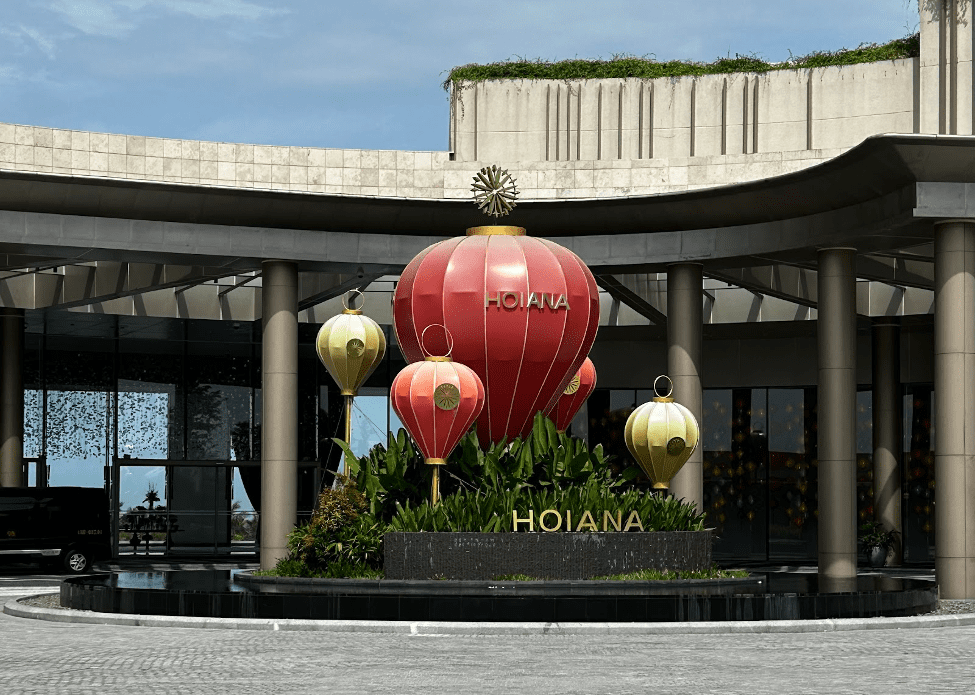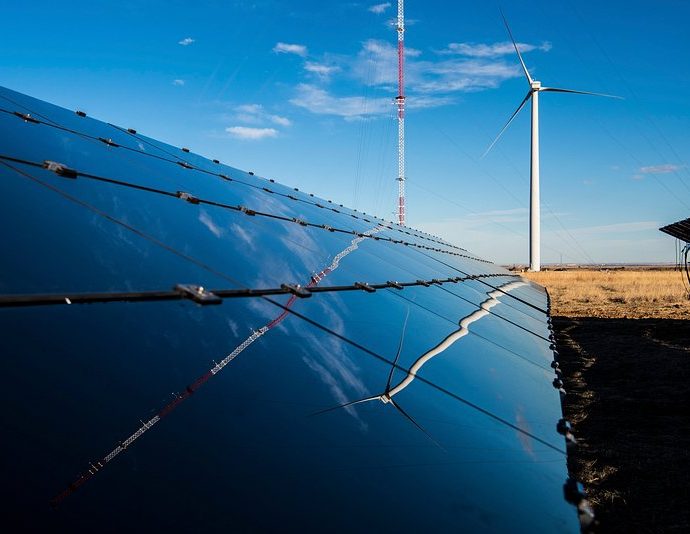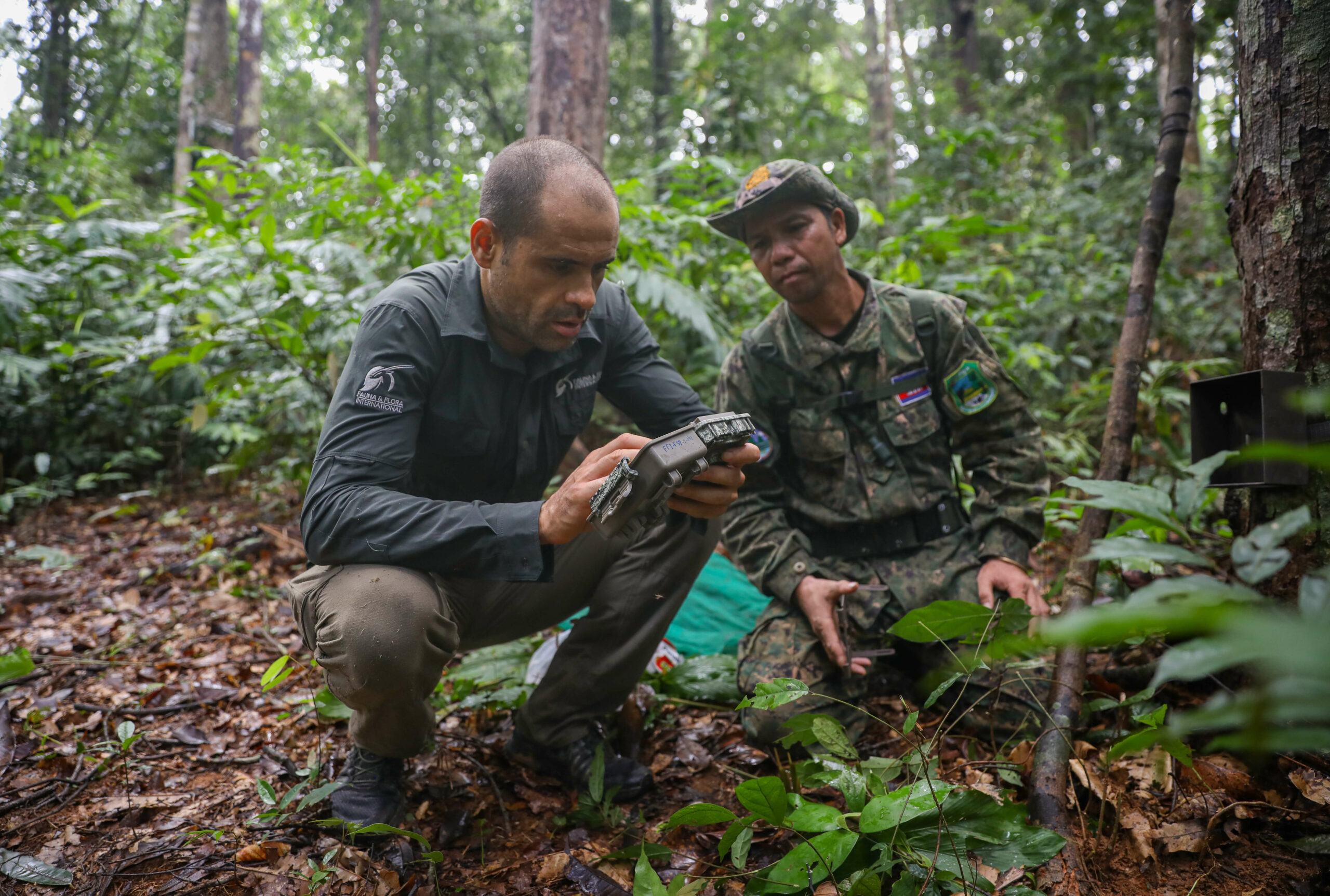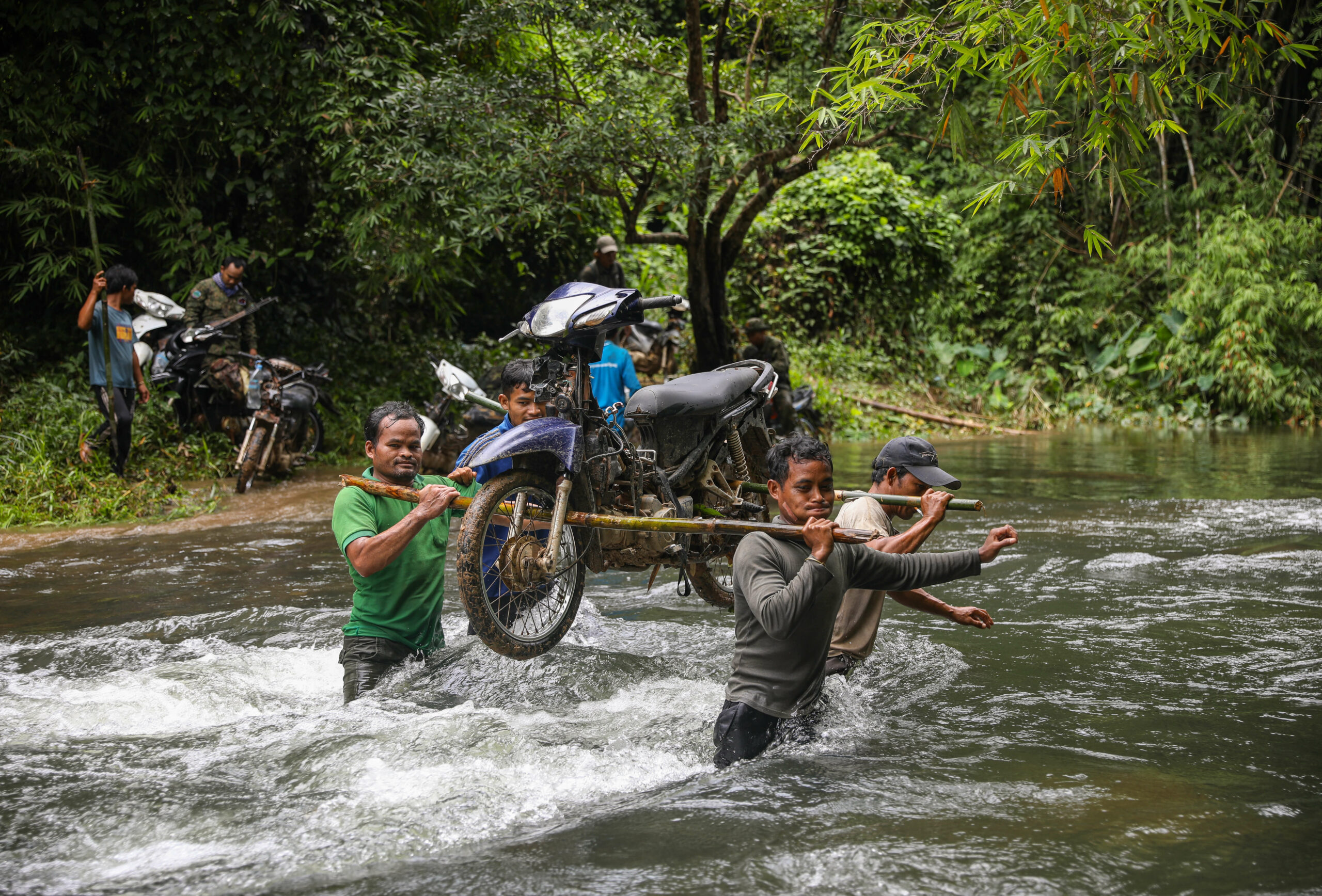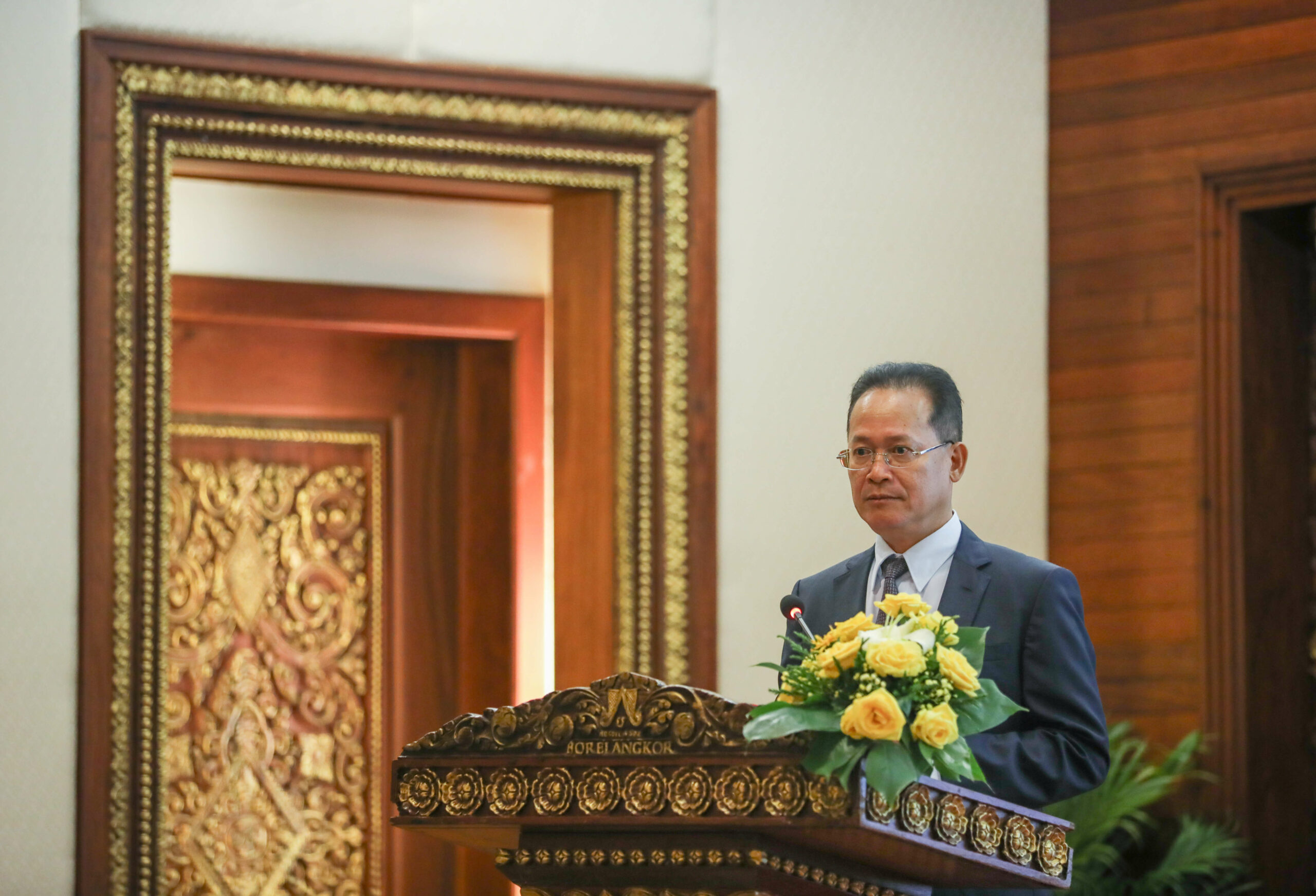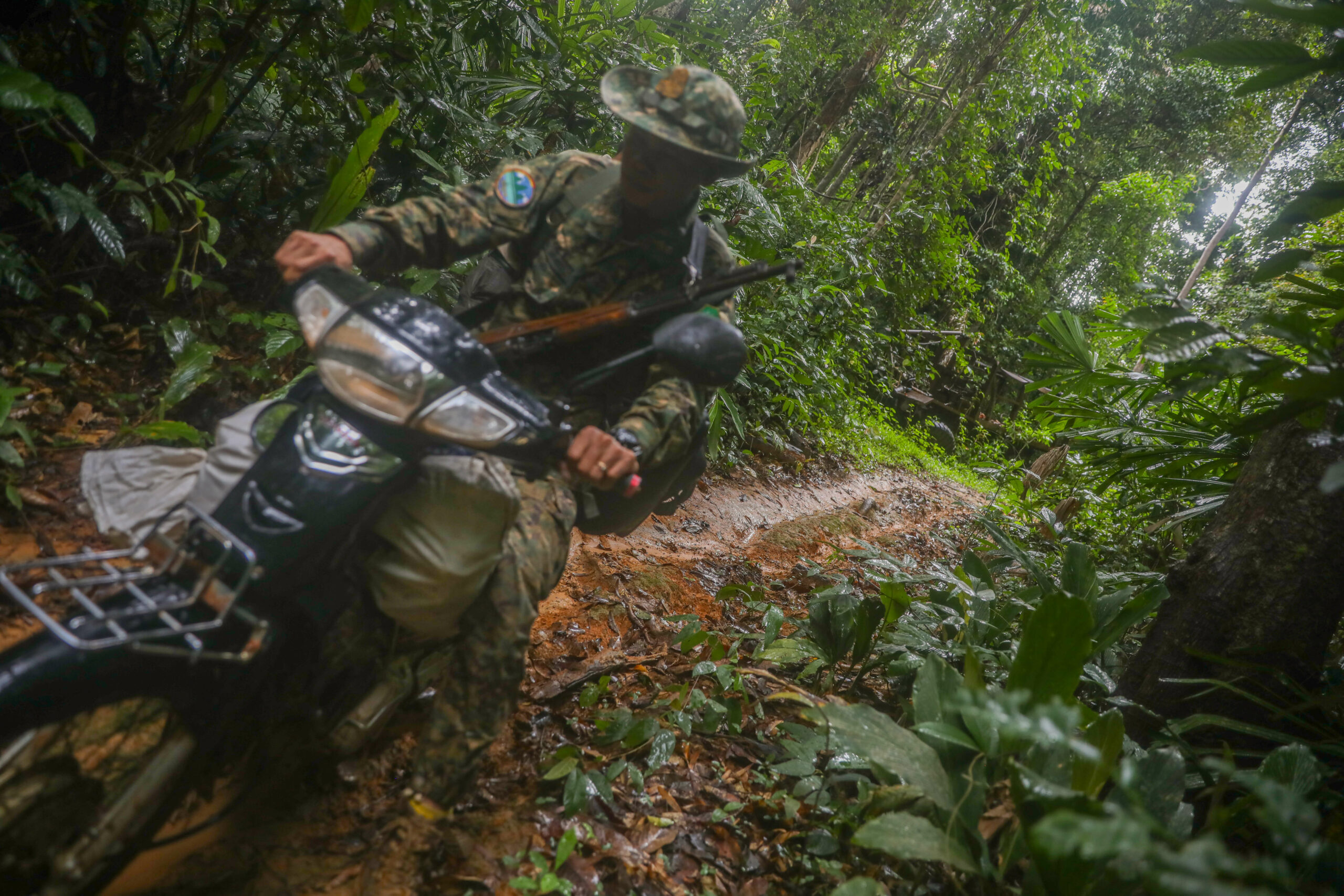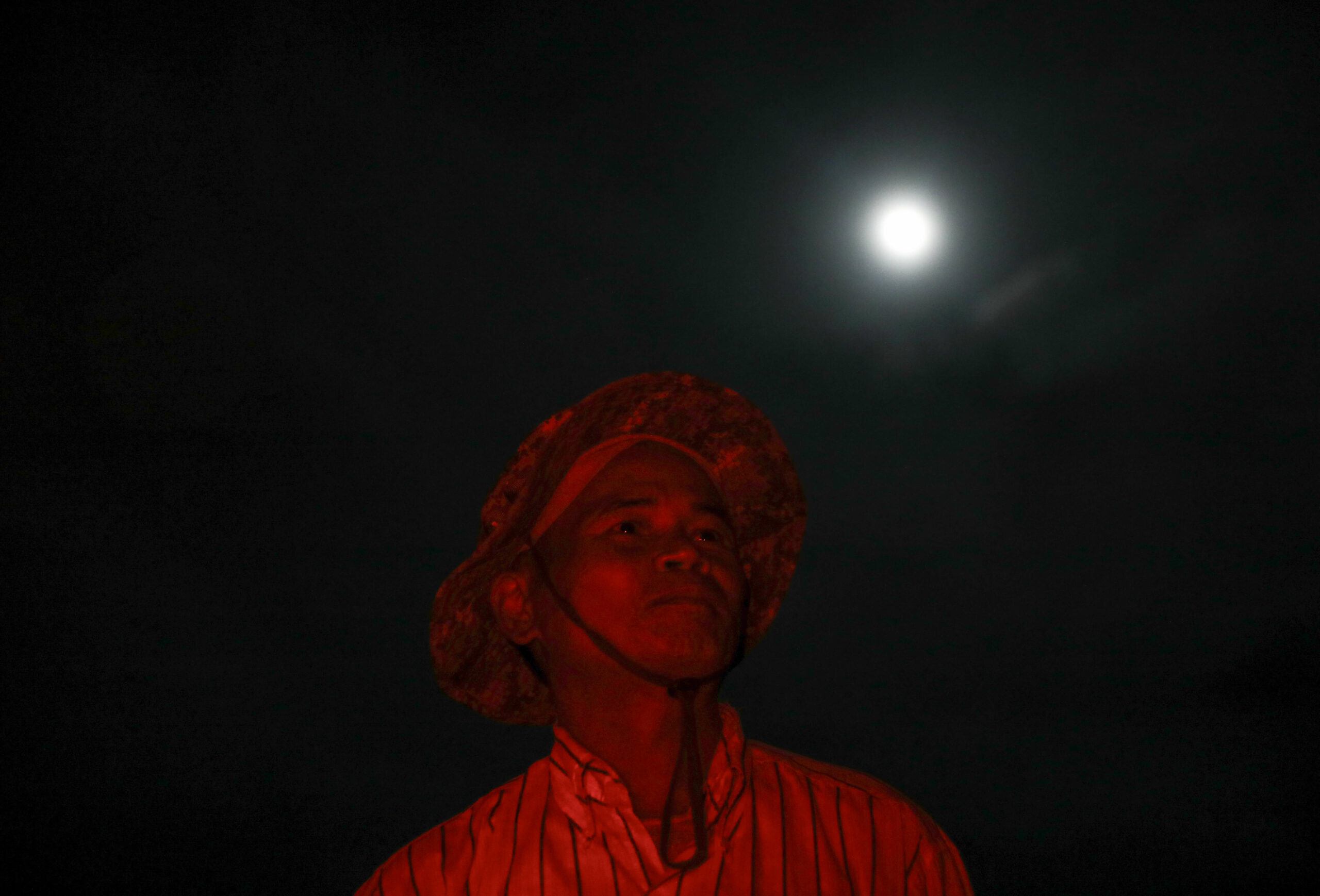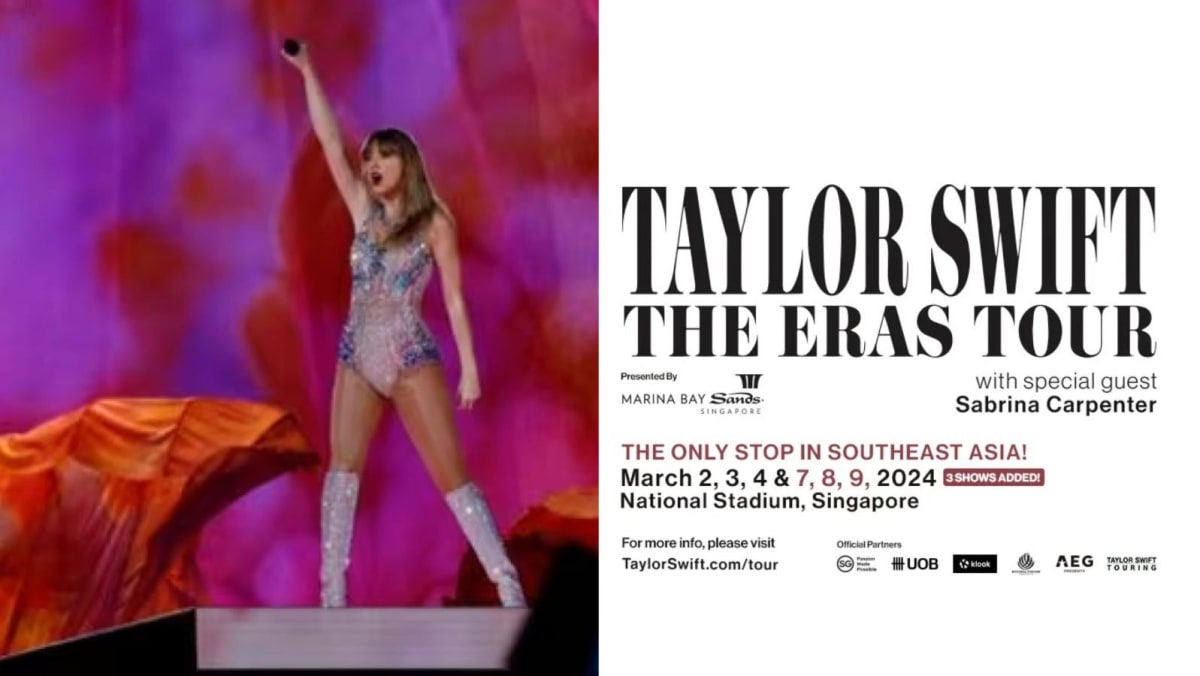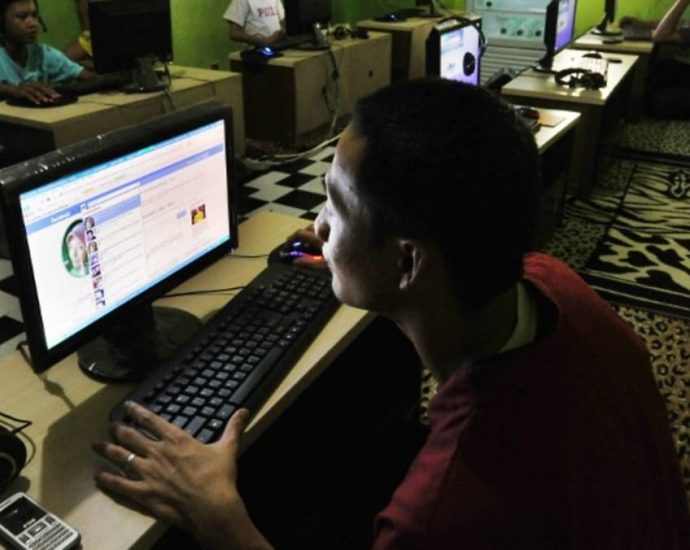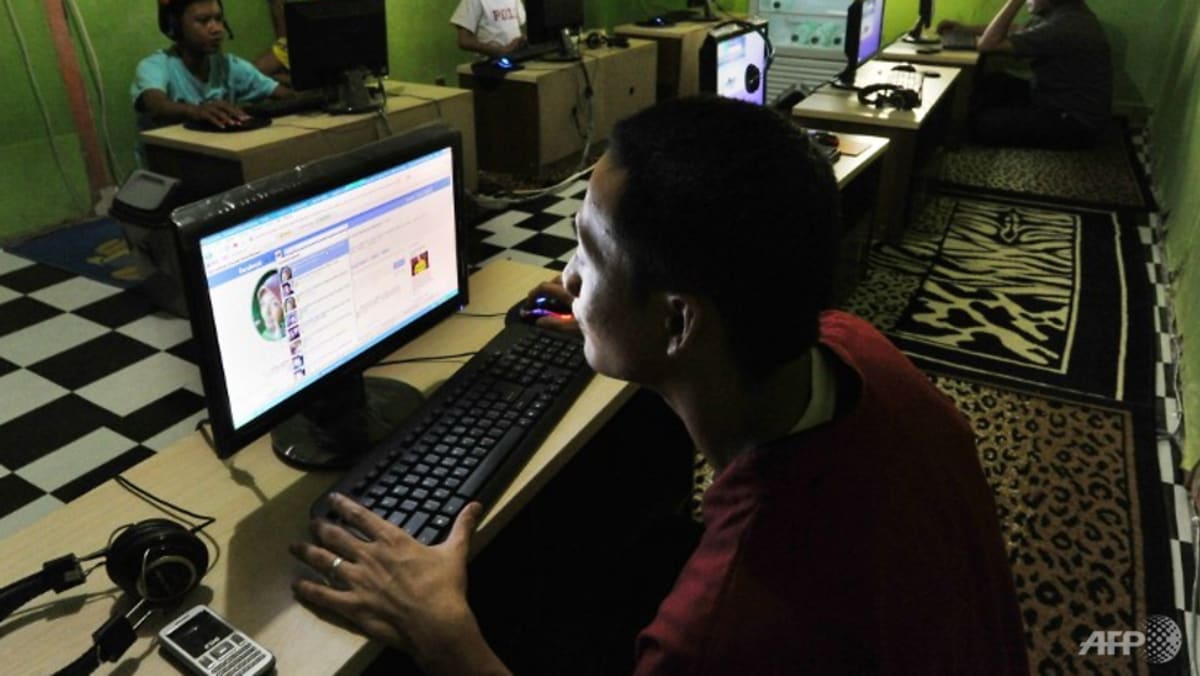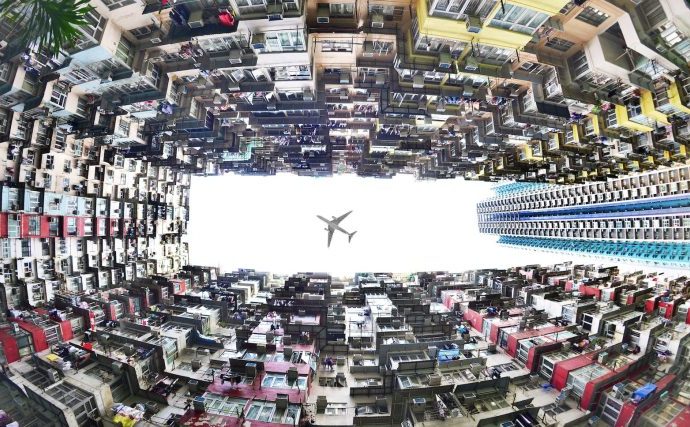Capital A improves its ESG ratings following revamp in strategy
- Delivered the 11th lowest CO2 emissions per passenger among 80 global peers
- Capital A & Asia Aviation will start publishing standalone sustainability report in 2023 cycle

Capital A was recently awarded a GOLD Environmental Sustainability rating from the Centre for Aviation in its 2023 CAPA-Envest Global Airline Sustainability Benchmarking Report for its Air Asia operations. Capital A attributes this award to a revamp of its sustainability approach to prioritise group wide measures to address climate risks and improve stakeholder communication.
The London Stock Exchange Group also ranked Capital A 15th out of 124 airlines using its ESG scoring that measures a company’s relative ESG performance, commitment and effectiveness across 10 main themes. AirAsia’s score of 71% places it highest among Asean-based carriers.
“In 2020, we began reorienting Capital A’s sustainability focus for a better balance between our external and internal sustainability practice. While we were very active in external social activities prior to 2020, the global pandemic necessitated a recalibration. This coincided with a period when climate change regulations on aviation were also beginning to take shape,” said Capital A chief sustainability officer, Yap Mun Ching.
In Malaysia, Capital A’s ESG score rose to 3.2 from 2.9 out of a possible 5 between 2020 and 2022, surpassing the 2.9 threshold of the FTSE4Good Bursa Malaysia Index in all years of assessment. Capital A’s Thai associate Asia Aviation also saw its ratings rise to 81% from 67% between the 2021 and 2022 assessment cycles, ranking it among AA-rated companies of the Stock Exchange of Thailand’s ESG Ratings.
Capital A has also been focusing on its diversity metrics, with women making up 53.8% of all employees and 32% of all senior managers. AirAsia also maintained its lead as the airline employing the highest number of women pilots in Southeast Asia at 6.6%, above the global average of 5.8%.
“In 2020, we began reorienting Capital A’s sustainability focus for a better balance between our external and internal sustainability practice. While we were very active in external social activities prior to 2020, the global pandemic necessitated a recalibration. This coincided with a period when climate change regulations on aviation were also beginning to take shape,” added Yap.


